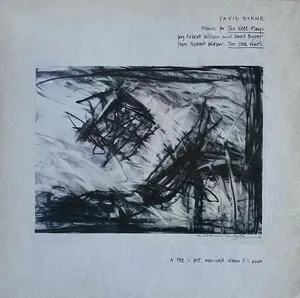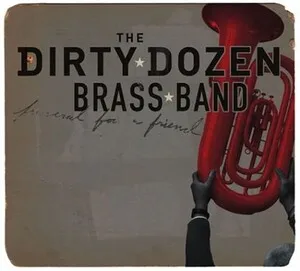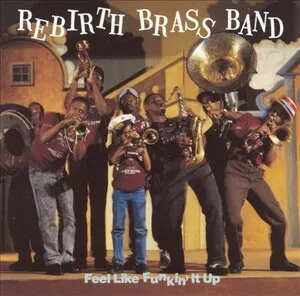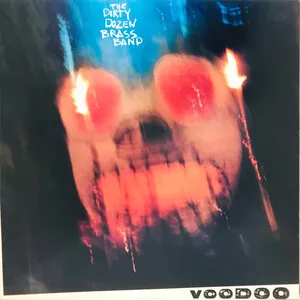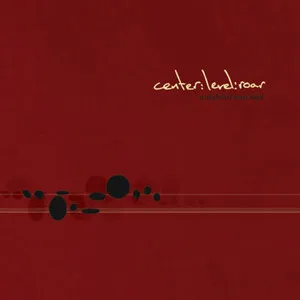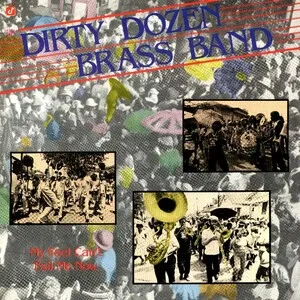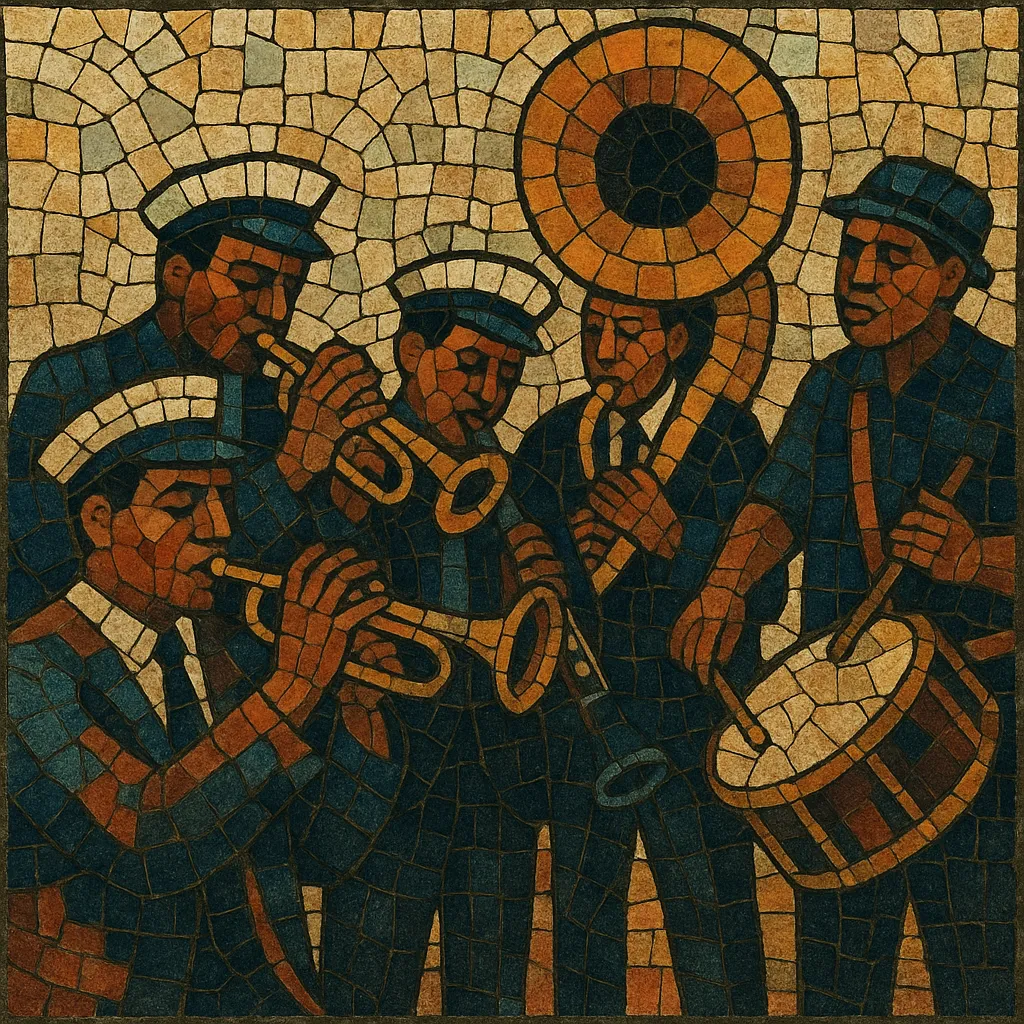
New Orleans brass band is a parade-born ensemble tradition that blends European military band instrumentation with African American rhythmic feel and collective improvisation.
Typical lineups feature trumpets and/or cornets carrying the melody, trombones with tailgate counter-lines, clarinet or saxophone weaving obligato figures, a sousaphone (or tuba) providing walking bass, and a street percussion battery with snare, bass drum, and cymbals driving the second line groove. Repertoire spans hymns and dirges for jazz funerals, blues, ragtime strains, marches, and joyous up-tempo shout choruses for social-aid-and-pleasure club parades.
The style is defined by swing, syncopation, call-and-response, polyphonic collective improvisation, and the distinctive second line beat—an elastic, syncopated march feel that turns the street into a dance floor. Since the 1970s, many bands have incorporated funk, R&B, and hip-hop influences while retaining the core parade ethos.
New Orleans brass band music grew from post–Civil War military and community bands, Creole and Black social music-making, and church/funeral traditions. By the 1890s–1900s, neighborhood ensembles accompanied processions for benevolent and Social Aid & Pleasure Clubs and performed at jazz funerals—playing hymns and dirges on the way to the cemetery, then breaking into joyous up-tempo numbers for the "second line" march back.
Bands such as the Onward, Tuxedo, and Eureka Brass Bands codified the ensemble: cornet/trumpet lead, clarinet obligato, trombone tailgate, tuba/sousaphone bass, and a street percussion battery. Their repertoires combined marches, ragtime, blues, and spirituals, shaping the rhythmic and melodic vocabulary that fed directly into early New Orleans jazz and Dixieland.
Although dance orchestras and amplified R&B became dominant, parade brass bands remained central to community ritual and celebration. Groups like the Olympia Brass Band sustained the tradition. In the late 1970s–1980s, the Dirty Dozen Brass Band catalyzed a revival by folding in bebop lines, funk backbeats, and contemporary arrangements—reframing the street tradition for stages and records.
Rebirth Brass Band, Treme Brass Band, and later Hot 8, Soul Rebels, Stooges, and the Pinettes advanced a contemporary sound that integrates New Orleans funk and hip-hop while preserving second line ethos. After Hurricane Katrina (2005), the music became an emblem of cultural resilience, spreading globally through festivals and education programs. Today, the tradition thrives at weekly second lines, jazz funerals, and clubs, while influencing funk, R&B, and local hip-hop (including bounce) with its unmistakable groove.

